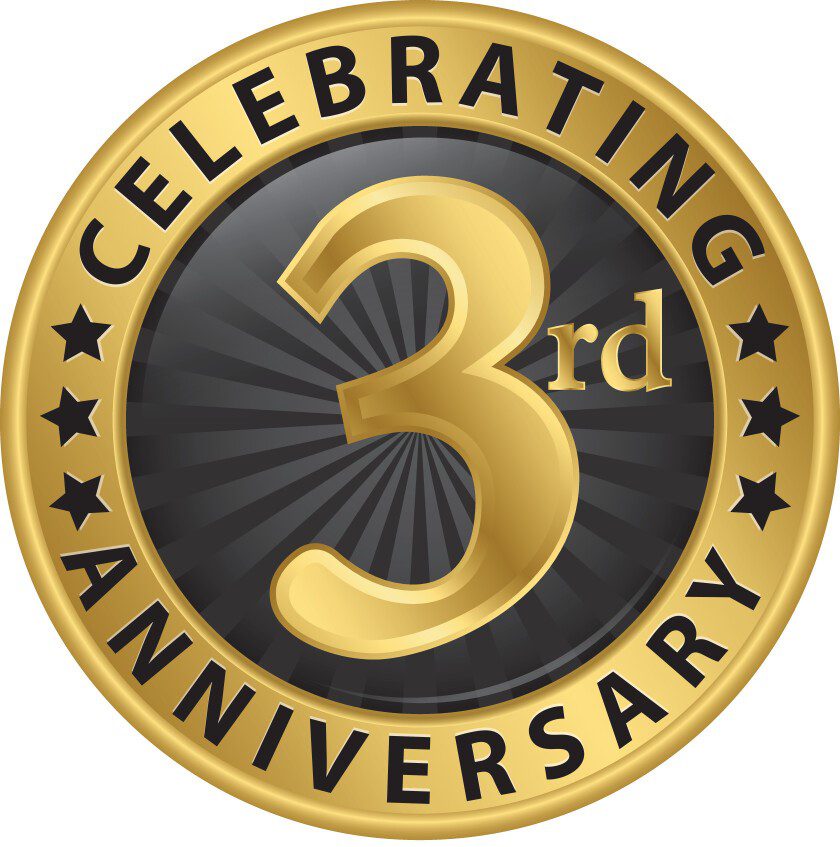The African American Cultural Heritage Action Fund partnered with Conserving Black Modernism, which focuses on preserving modern architecture by Black architects and designers.
By Fiona Andre
(RNS) — The African American Cultural Heritage Action Fund announced a $3.8 million grant on Tuesday (June 13) aimed at helping to preserve 40 historical sites related to African American history, including theaters, swimming pools and four Black churches.
Founded by the National Trust for Historic Preservation in 2017, the African American Cultural Heritage Action Fund has dedicated for the preservation of African American historic sites that tell “the story of Black Americans’ activism, achievement and resilience,” said the fund’s executive director, Brent Leggs.
The fund is dedicated, in particular, to supporting Black houses of worship.
“Black churches are the oldest American institutions founded by Black people. They are at the center of communities,” said Leggs.
In January, the fund awarded nearly three dozen historic Black religious sites $4 million in preservation grants.
Announced in anticipation of Juneteenth, which celebrates the effective end of slavery in America, the latest grants, which range from $50,000 to $155,000, will contribute not only to the restoration of buildings but to maintaining staff capacity, project development and educational programs.

The fund partnered with Conserving Black Modernism, which focuses on preserving modern architecture by Black architects and designers, and the collaboration was reflected in the four Black churches the fund designated for grants.

The Fourth Baptist Church in Richmond, Virginia, founded by 23 former slaves in 1859, received a grant to preserve its educational wing, designed by Ethel Bailey Furman, a self-taught architect who was also the first Black woman to enter the profession.
The Second Baptist Church of Detroit, Michigan’s oldest congregation, also received funding to repair its education building. Designed in 1968, this futuristic-looking building is the work of Black architect Nathan Johnson. The church, established in 1836 by 13 African American slaves, was an important station of the underground railroad itinerary, the route enslaved African Americans took to reach free states and Canada.

The 136-year-old Zion Baptist Church of Philadelphia, Pennsylvania, received a grant to renovate its current main building, designed by Black architect Walter Livingston, Jr. in 1973 after a fire destroyed the old one. The money will be used to perform a building condition assessment.
“We are looking to make some physical improvements to the building as well as layout strategies on how we can continue our legacy of serving people,” said the Rev. Michael Major, associate minister at the church.
The First Baptist Church-West, Charlotte, North Carolina’s oldest Black Baptist church, was redesigned in 1977 by Harvey Gantt, a pioneering architect who was also Charlotte’s first Black mayor. The church will use its grant to restore the roof and the baptismal area.

The oldest site to receive a grant this year, however, is not a building at all: The Mount Zion Cemetery and Female Union Band Society Cemetery in Washington contains the graves of some 8,000 to 10,000 African Americans buried there from the 1700s to 1950s. The two cemeteries, affiliated with the oldest Black church in Georgetown, the Montgomery Street Methodist Church, received the grant through the Black Georgetown Foundation to support the salary of a full-time executive director.
The University of Wisconsin-Milwaukee also received a grant to survey and inventory the work of Alonzo Robinson, Jr., the first Black architect to be registered in Wisconsin. His work includes numerous Black houses of worship in Milwaukee.
With these investments, the fund hopes to protect these historical sites while showcasing “the beauty and complexity of Black history in America,” said Leggs.

First published June 15, 2023. This story has been corrected. An earlier version said that the preservation grants announced this week were supported by the Lilly Endowment. In fact, they came philanthropic partners like Mellon Foundation, JPB Foundation, Ford Foundation, and others. RNS regrets the error.


